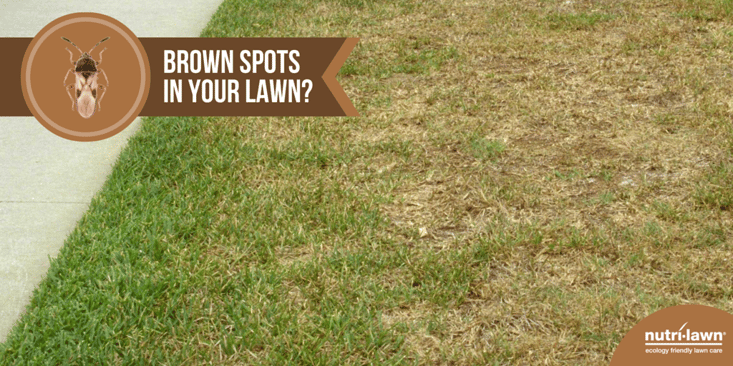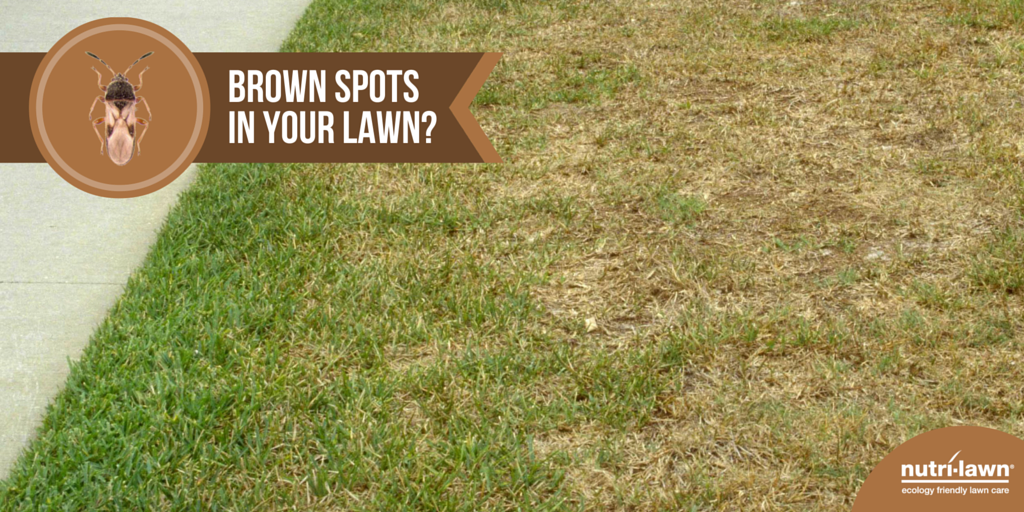
Do you have circular dead patches in your lawn or bits of sunken lawn where weeds pop up in mid-July to late August? You might have a hairy chinch bug problem. Cringe! Sounds bad, right? These little bugs can infest your lawn, or small patches of it, and cause damage. In some extreme causes, chinch bug damage may require the entire lawn be rehabilitated.Chinch bugs like to munch on the sappy goodness at the crown and stem of turfgrass causing the grass to turn brown. Are there parts of your lawn where circular patches of dead grass appear in the sunniest locations – near the curb or flower gardens, on a sunny slope? Chinch bugs love sun and water-hungry plants. Chinch bugs are small, about 4mm long as adults and are brown or grey with a white stripe around their middle. Only the adults cause real damage to your lawn, though the nymphs hatched in May and stayed mostly under trees and bushes unnoticed.
Trick For Diagnosing A Chinch Bug Problem
Cut the top and bottom of a metal can to create a cylinder. Embed the cylinder in the lawn on the edge of the damaged area and fill it with water. The chinch bugs, if any are present, will float to the top. Another method is to cut out a puck-sized chunk of lawn and drop it in a pail of water and watch for bug to float to the top. With either method, you’ll want to repeat this for any suspected areas in the lawn. If you don’t find any chinch bugs then you can look for another cause.
What Does Chinch Bug Damage Look Like?
When did the damage in your lawn appear? If the damage was present earlier in the summer (May, June, early July) then you won’t have a chinch bug problem as the damage from these infestations doesn’t appear until late July and August.
Are the shady and sunny parts of your lawn equally affected or is the damage limited to the parts of your lawn in full sun? Chinch bugs love the sun and will often cause damage near curbs and walkways, on the edges of flower beds where they’ve hidden while they matured, or sunny slopes.
Chinch bugs are more common in lawns with more than 1/2inch of thatch. If you dethatch regularly then it’s less likely you’ve got a chinch bug problem.
Does the dead grass pull out of the soil easily or does it resist? Chinch bug damage doesn’t affect the roots, so the grass won’t pull out easily if chinch bugs are the problem.
What Else Could Be Causing The Damage?
If you can’t find chinch bugs in your lawn and some of these conditions aren’t present in your lawn, then there’s likely another cause for the dead patches. Perhaps there are some four-legged critters to blame, improper mowing practices, or the lawn has gone dormant due to the heat and drought conditions.
The Cure?
The best cure is to water well, especially during drought. Irrigated lawns are less prone to chinch bug infestations. Read more about Nutri-lawn Ottawa’s irrigation services here.
Do you have brown or dead patches in your lawn and want to know what’s causing the problem? We can help diagnose the problem and have the expertise to create a lawn you’re proud of. Email Ottawa@nutrilawn.com or call us at 1.613.317.2308.






